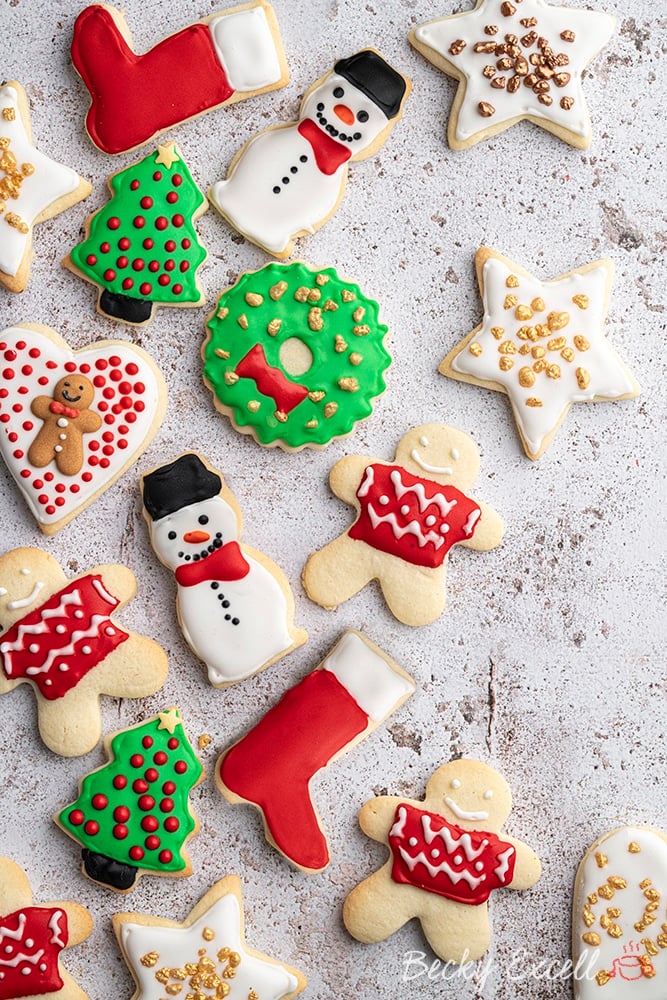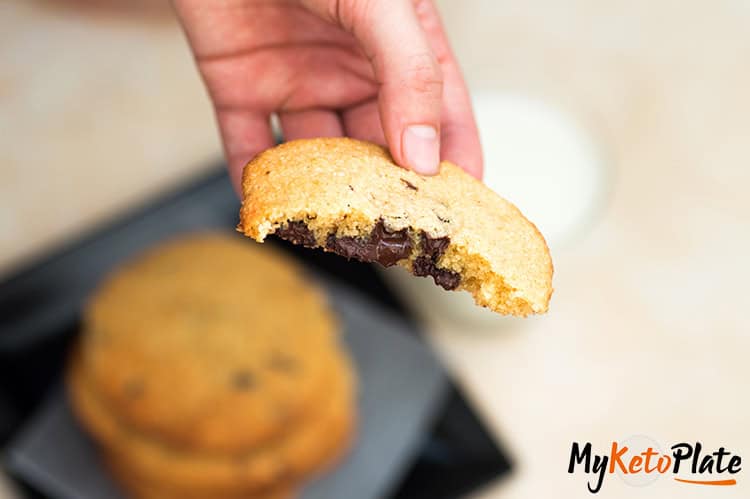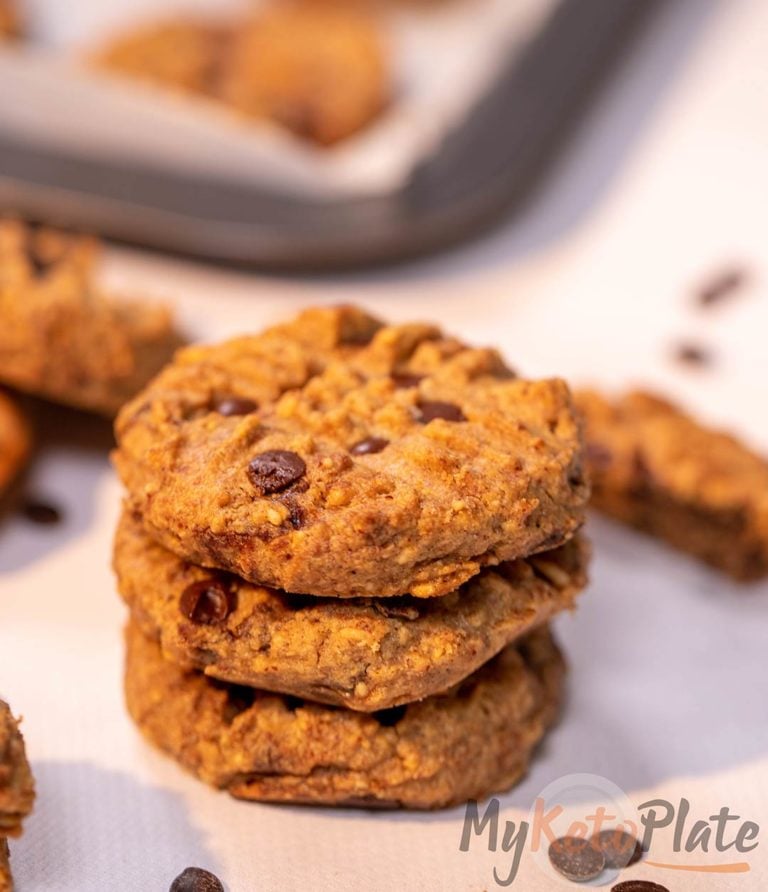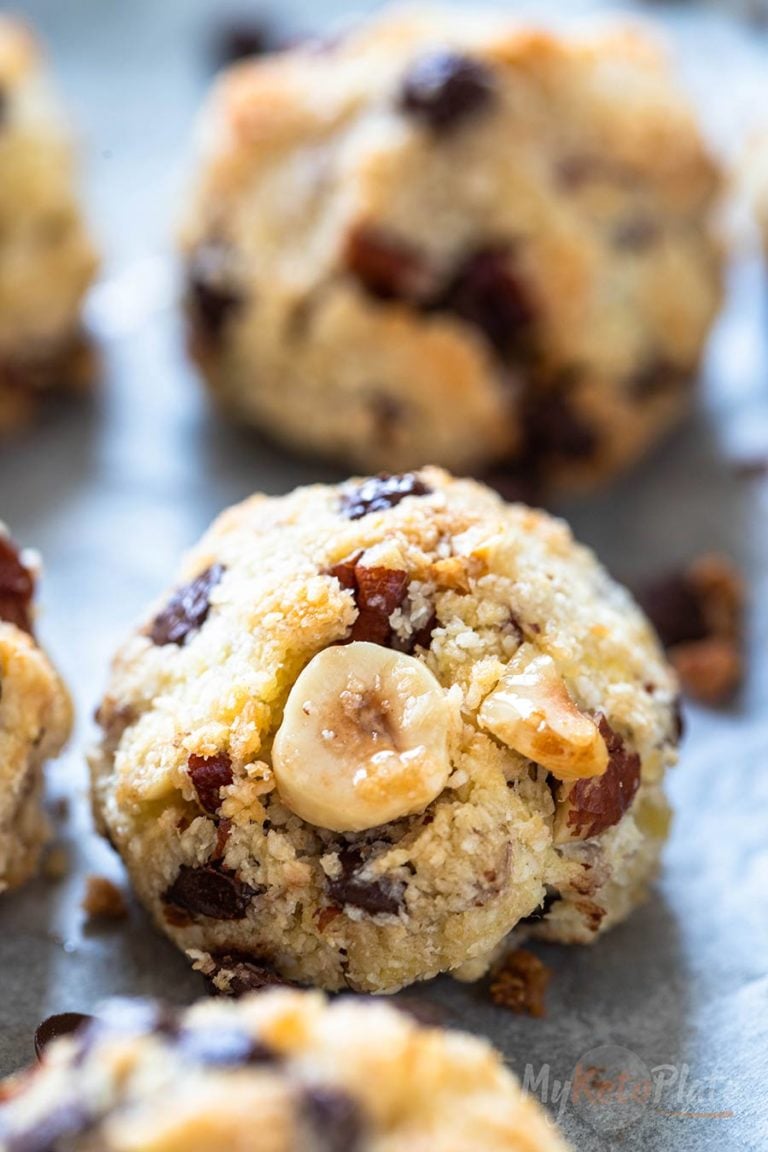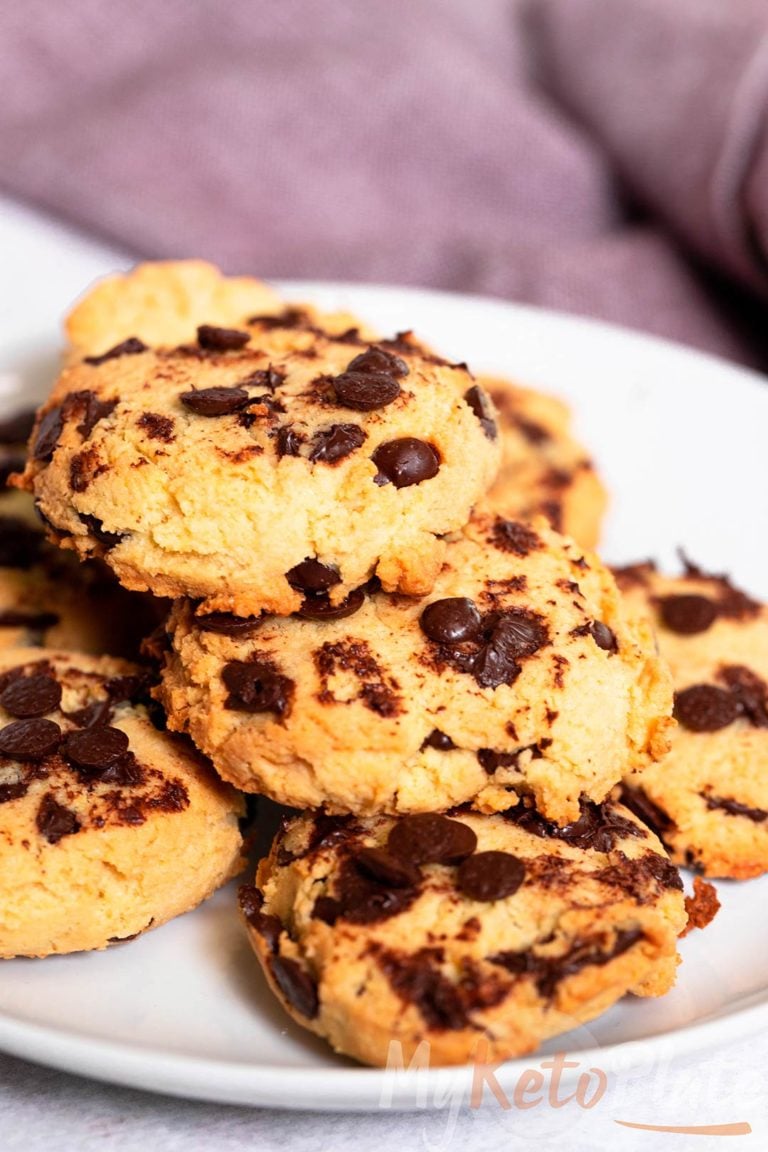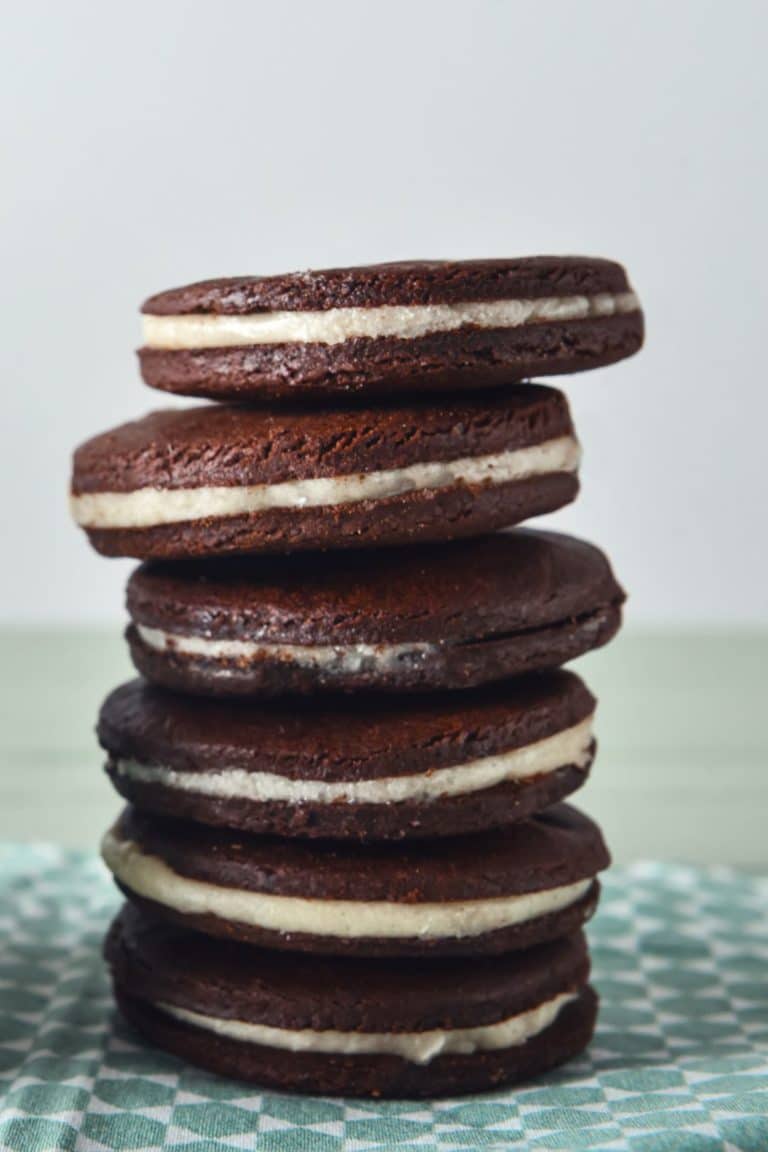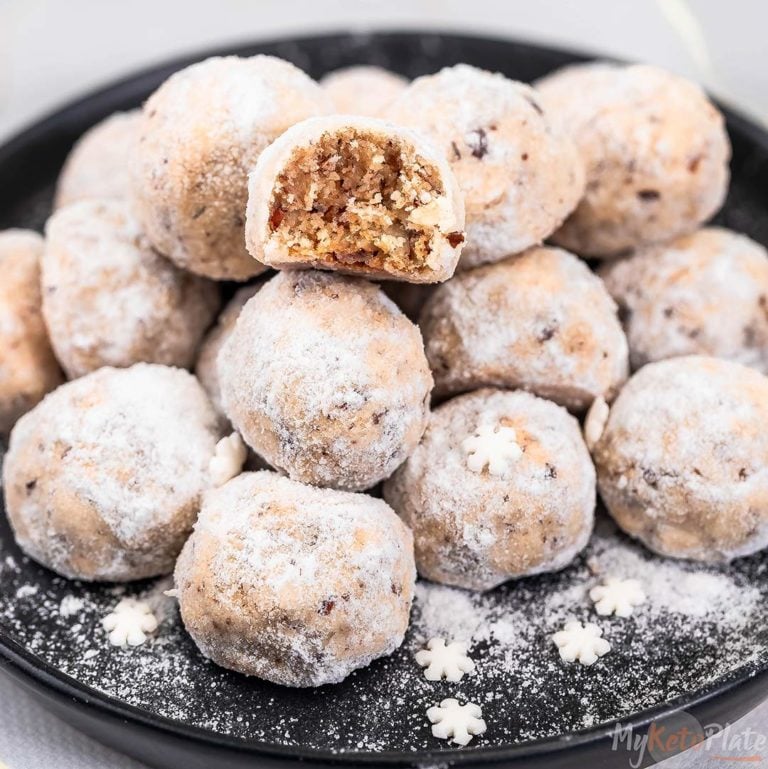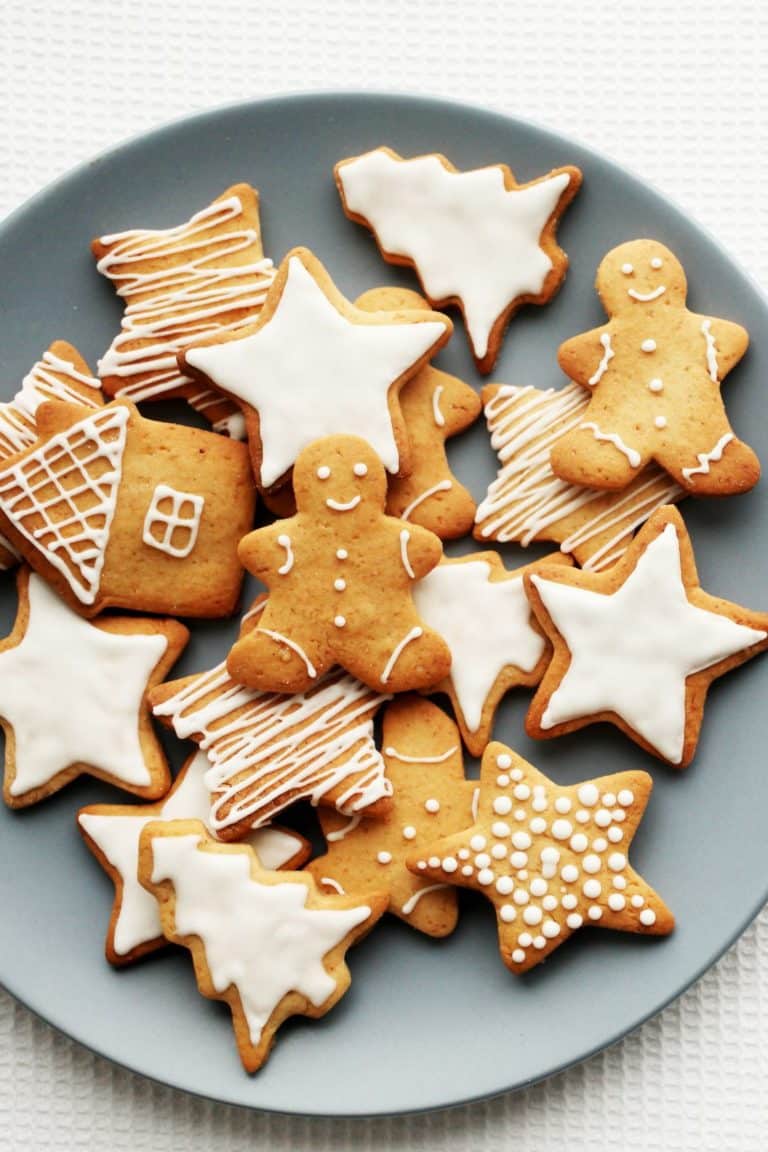There’s nothing quite like the warm, comforting aroma of freshly baked cookies filling your kitchen. Whether you’re a fan of classic chocolate chip cookies or love the cozy spice of gingerbread, you don’t have to miss out just because you’re avoiding gluten. We’ve rounded up 30+ gluten-free cookies recipes that are just as soft, chewy, and flavorful as traditional cookies—no one will ever guess they’re gluten-free!
Perfect for anyone with gluten sensitivities or those simply choosing a gluten-free lifestyle, this collection includes everything from keto-friendly cookies to holiday favorites and easy no-bake options. Grab your baking sheet—it’s time to bake cookies everyone can enjoy!

So, if you love cookies as much as we do, you’re definitely in the right place. We’ve curated a list of the most irresistible gluten-free cookie recipes that are not only delicious but also incredibly easy to make. From chewy almond flour cookies to buttery shortbread and soft-baked classics, there’s something here for every cookie lover.
Go ahead—scroll through, choose your favorites, and let us know which ones you can’t wait to try. But be warned: picking just one recipe might be the hardest part because these gluten-free cookies all look and taste amazing!
- 1 Tips for Making the Best Gluten-Free Cookies
- 2 Common Ingredients in Gluten-Free Cookie Recipes
- 3 How To Store Cookies
-
4
Essential Equipment for Making Gluten-Free Cookies
- 4.1 The Best Gluten-Free Chocolate Chip Cookies
- 4.2 Best Keto Chocolate Chip Cookies – Soft Low Carb Cookies
- 4.3 Gluten-Free Double Chocolate Cookies {Dairy-Free Option}
- 4.4 GLUTEN-FREE CHOCOLATE COOKIES
- 4.5 CHEWY GLUTEN-FREE CHOCOLATE COOKIES
- 4.6 Mudslide Cookies aka Flourless Chocolate Cookies
- 4.7 GLUTEN-FREE CHOCOLATE COOKIES
- 4.8 Chocolate Amaretti Cookies
- 4.9 Gluten-Free Chocolate Cherry Thumbprint Cookies
- 4.10 CHOCOLATE PEANUT BUTTER COOKIES – DARK & CHEWY (FLOURLESS)
- 4.11 Flourless Peanut Butter Chocolate Chip Cookies
- 4.12 Keto Peanut Butter Chocolate Chip Cookies – Best Flourless Keto Cookies
- 4.13 Gluten Free Peanut Butter Chocolate Chip Cookies (Small Batch)
- 4.14 Unbeatable Gluten Free Peanut Butter Blossom Cookies
- 4.15 GLUTEN FREE CHERRY COOKIES WITH WHITE CHOCOLATE DRIZZLE
- 4.16 GLUTEN-FREE CHERRY PIE COOKIES
- 4.17 Keto Magic Cookies
- 4.18 The Best Almond Flour Cookies
- 4.19 Gluten-free Snickerdoodles
- 4.20 GLUTEN FREE SUGAR COOKIES – PERFECT CUT-OUT COOKIES
- 4.21 Gluten-Free Vegan Orange Cookies
- 4.22 Lemon Creme Sandwich Cookies
- 4.23 Gluten Free Lemon Crinkle Cookies
- 4.24 Easy Gluten Free Lemon Cookies Recipe
- 4.25 Gluten Free Lemon Cookies
- 4.26 Gluten Free Red Velvet Chocolate Chip Cookies
- 4.27 GLUTEN FREE RED VELVET CRINKLE COOKIES
- 4.28 GLUTEN-FREE PUMPKIN COOKIES
- 4.29 The Best Soft Carrot Cake Cookies
- 4.30 Gluten Free Brown Sugar Shortbread Cookies
- 4.31 Keto Oreo Cookies Recipe (2g net carbs)
- 4.32 Keto Snowball Cookies
- 4.33 Best Keto Gingerbread Cookies
- 4.34 GLUTEN-FREE CHRISTMAS COOKIES RECIPE
Tips for Making the Best Gluten-Free Cookies
Whether you’re baking gluten-free chocolate chip cookies, almond flour sugar cookies, or soft keto-friendly treats, these essential tips will help you achieve perfect results every time.
1. Chill Your Cookie Dough
If your cookie recipe calls for chilling the dough, don’t skip this crucial step. Chilling cookie dough helps:
- Prevent spreading during baking, resulting in thicker, chewier cookies.
- Intensify flavor by allowing ingredients to meld together.
- Make the dough easier to shape and scoop.
For best results, chill for at least 30 minutes—or overnight for enhanced depth of flavor.
2. Use High-Quality Butter
Using low-quality or cheap butter often leads to cookies that spread too much and bake unevenly. That’s because these butters tend to contain more water than fat.
- Choose unsalted, high-fat European-style butter for rich flavor and consistent results.
- Let butter soften naturally at room temperature—don’t microwave.
3. Use Room Temperature Eggs
Eggs play a key role in structure and moisture, so:
- Use the egg size recommended in the recipe (typically large).
- Ensure your eggs are at room temperature for smoother mixing and better texture.
- Cold eggs can cause the butter to seize or not incorporate properly.
Pro Tip: Place cold eggs in a bowl of warm (not hot) water for 5–10 minutes to quickly bring them to room temp.
4. Don’t Overmix the Dough
After adding the dry ingredients, mix just until combined. Overmixing can:
- Lead to tough, dense cookies.
- Interfere with the delicate texture of gluten-free flours like almond or coconut flour.
Use a rubber spatula to fold in chocolate chips, nuts, or add-ins.
5. Use a Cooling Rack
Once cookies are done baking, allow them to rest for a few minutes on the baking sheet, then transfer them to a cooling rack.
- This prevents overbaking from residual pan heat.
- Helps cookies maintain their shape and achieve the ideal texture—crispy edges and soft centers.
6. Don’t Skip the Salt
Even sweet cookie recipes need a touch of salt.
- Salt balances the sweetness and enhances the overall flavor.
- Use fine sea salt for even distribution or flaky sea salt on top for a gourmet finish.
7. Use Parchment Paper or Silicone Mats
Lining your baking sheet helps prevent sticking and promotes even baking.
- Reduces the risk of burning on the bottom.
- Makes cleanup faster and easier.
8. Always Preheat Your Oven
Make sure your oven is fully preheated before baking.
- An accurate oven temperature is key to evenly baked, golden cookies.
- Use an oven thermometer to check accuracy if your cookies often under- or overbake.
Common Ingredients in Gluten-Free Cookie Recipes
Many of the best gluten-free cookies are made using pantry staples that are easy to find. Whether you’re baking for dietary needs or just looking for a new favorite treat, these ingredients are the foundation of countless gluten-free cookie recipes:
- Gluten-Free Flour such as rice flour, oat flour, almond flour, coconut flour, and others.
- Sweeteners – regular sugar, brown sugar, or low-carb sweeteners if you follow a restricted diet.
- Chocolate Chips – they make everything taste better.
- Vanilla Extract – or any other extract that you like.
- Baking Powder – for those recipes that call for fluffy and moist cookies.
How To Store Cookies
If you are still trying to convince yourself that cookies are one of the best dessert recipes, here is another reason: you can make as many batches as you want and store them in the fridge or freezer until you want to enjoy them. Sound great, right? Here are some instructions that will help you:
- Room Temperature – Place any leftover cookies in an airtight container and store them on a counter at room temperature for a few days.
- Fridge – If you want to enjoy some delicious cookies for longer, you can store them in the fridge for 2 weeks.
- Freezer – You can also freeze these gluten-free cookies stored in freezer-safe bags for up to 2 months. And when you are ready to enjoy them, take the cookies out of the freezer and allow them to thaw at room temperature.
Essential Equipment for Making Gluten-Free Cookies
One of the best things about baking cookies—especially gluten-free cookies—is how simple it is to get started. You don’t need a bunch of fancy tools or gadgets, just a few basic kitchen items that you likely already have. Even better? Fewer dishes to wash afterward! Here’s a list of essential tools for preparing gluten-free cookies at home:
- Baking Tray- A sturdy, flat baking tray (or sheet pan) is key. Choose one with a rim to prevent slipping and ensure even heat distribution for perfectly baked cookies.
- Baking Paper – Lining your tray with parchment paper or a silicone baking mat prevents sticking and makes cleanup a breeze. It also helps the cookies bake more evenly.
- Mixing Bowl – Use one large bowl for combining the dry and wet ingredients. A second medium-sized bowl may come in handy if your recipe calls for mixing wet and dry ingredients separately.
- Cookies Scoop – A cookie scoop helps portion the dough evenly, which means all your cookies will bake uniformly. This also gives your cookies a professional, bakery-style look.
- Measuring Cups – Accurate measurements are crucial in gluten-free baking. Invest in a reliable set of measuring cups and measuring spoons for both dry and liquid ingredients.
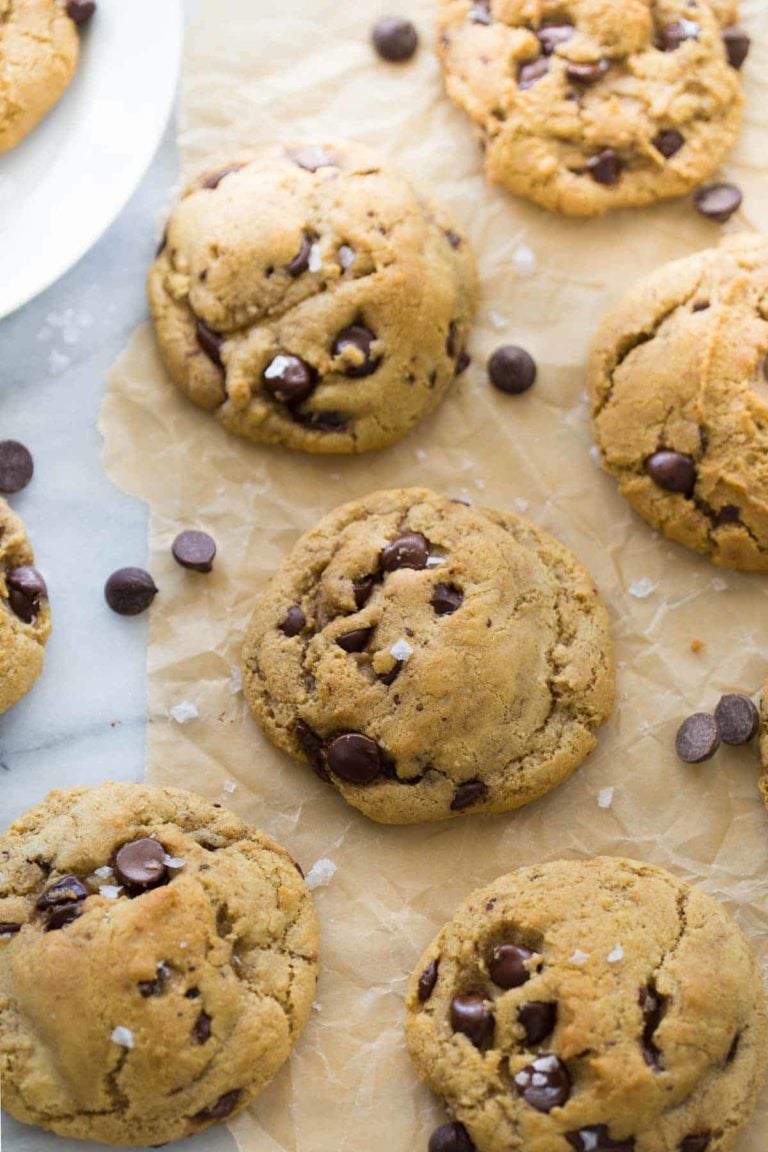
The Best Gluten-Free Chocolate Chip Cookies
Best Keto Chocolate Chip Cookies – Soft Low Carb Cookies
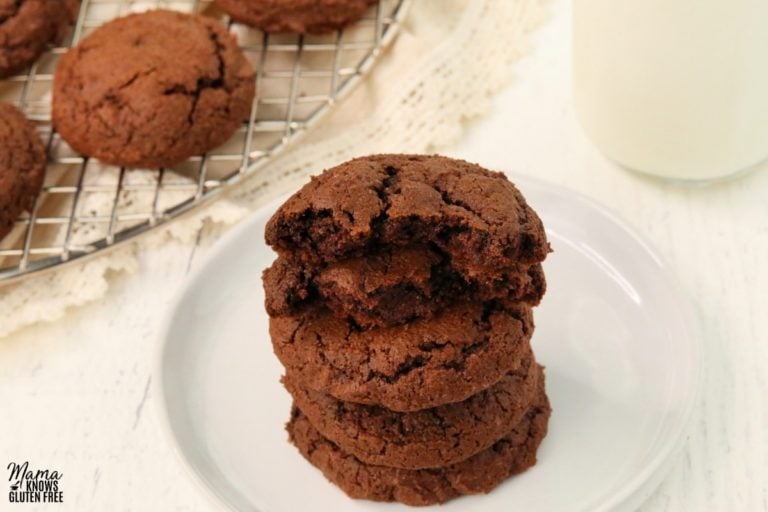
Gluten-Free Double Chocolate Cookies {Dairy-Free Option}
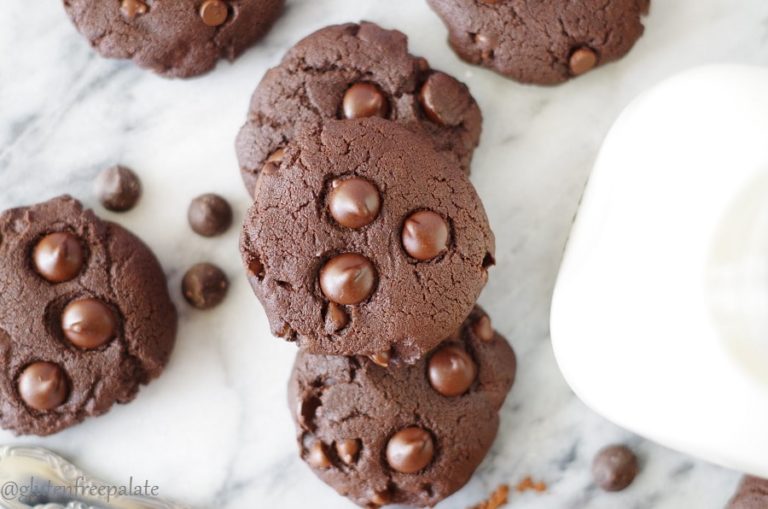
GLUTEN-FREE CHOCOLATE COOKIES
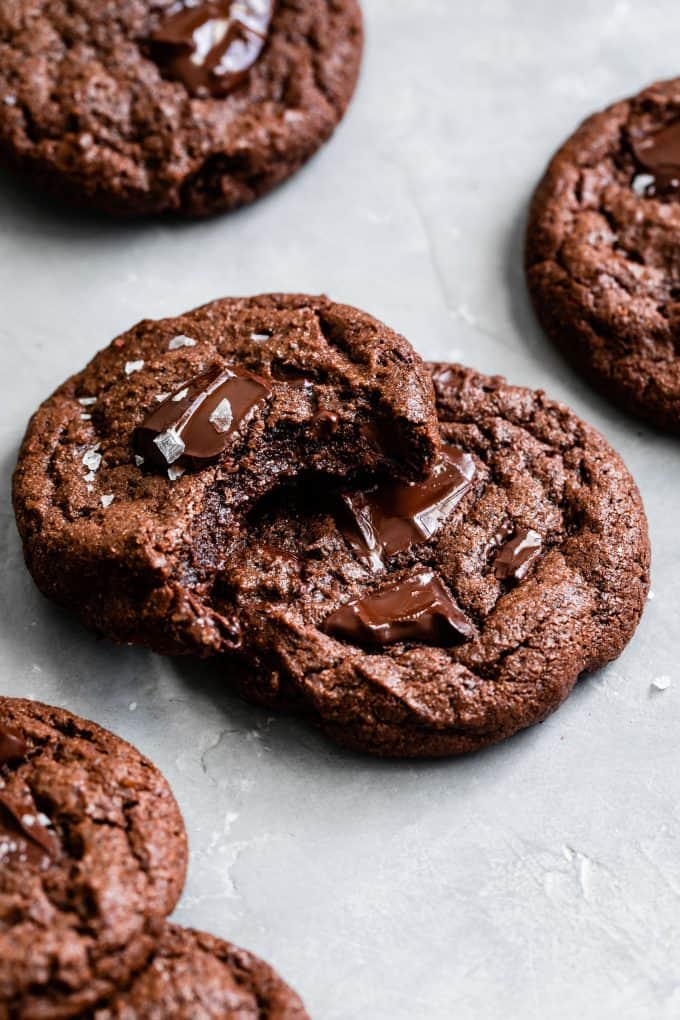
CHEWY GLUTEN-FREE CHOCOLATE COOKIES

Mudslide Cookies aka Flourless Chocolate Cookies
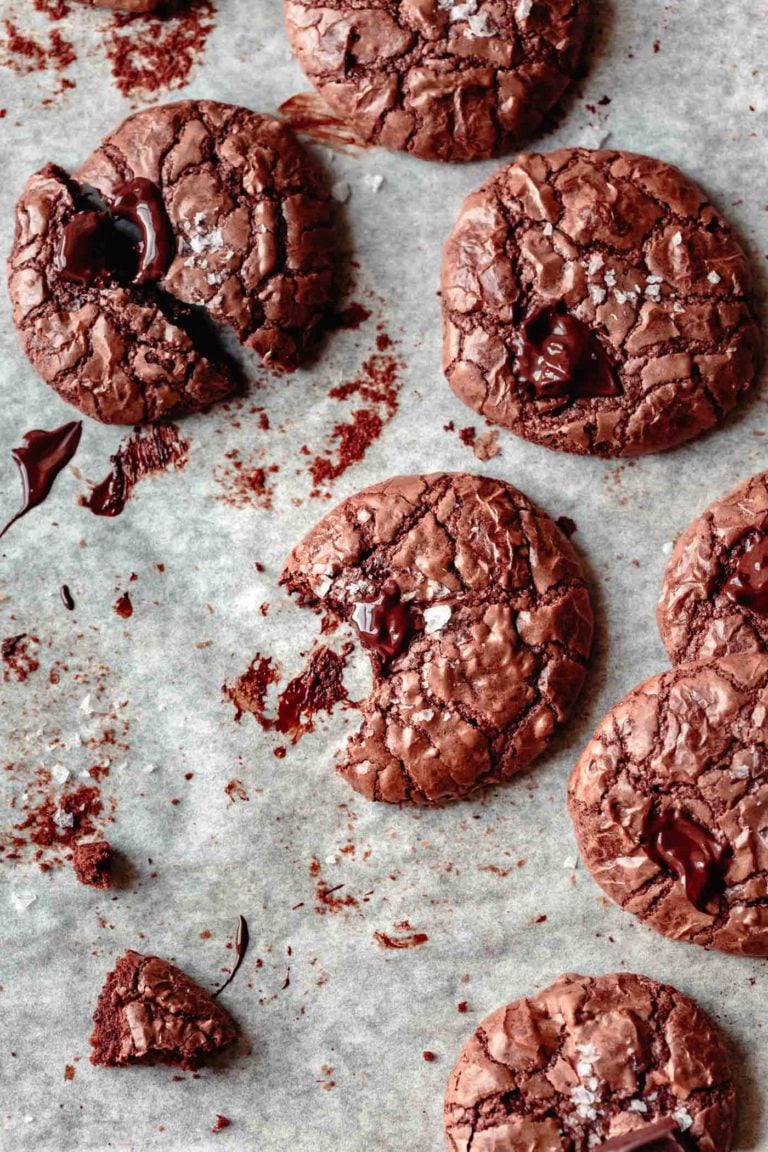
GLUTEN-FREE CHOCOLATE COOKIES
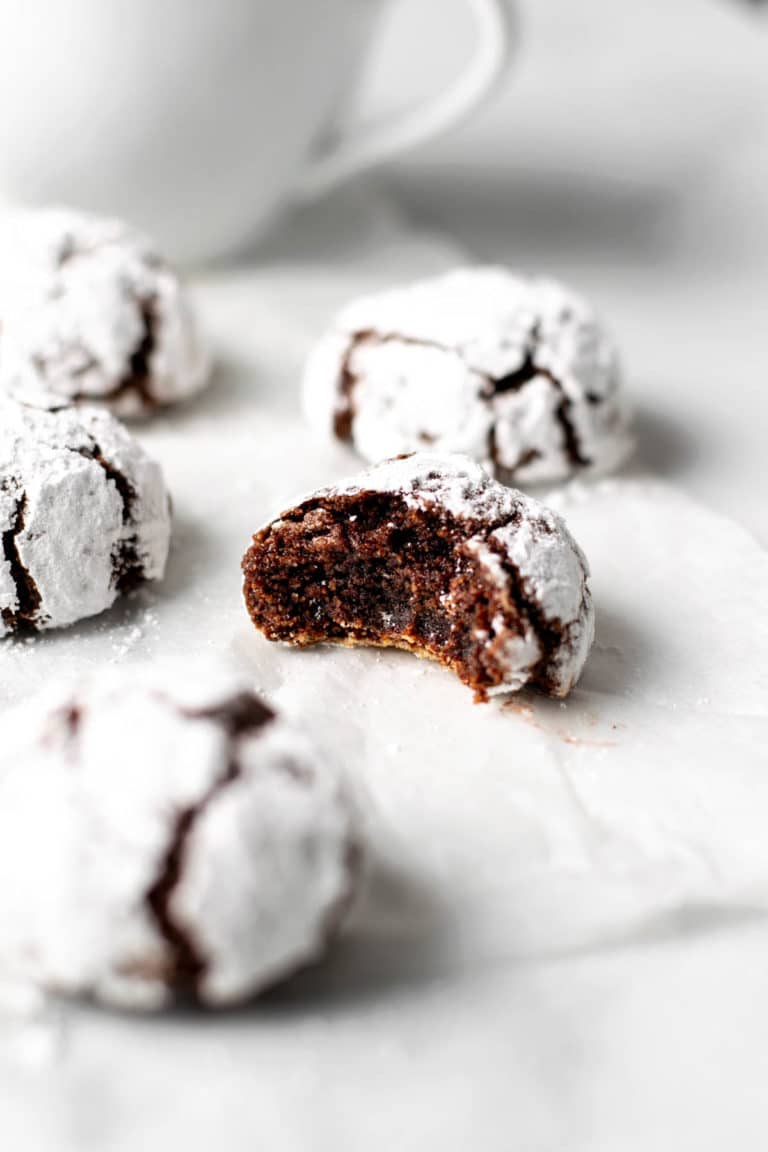
Chocolate Amaretti Cookies
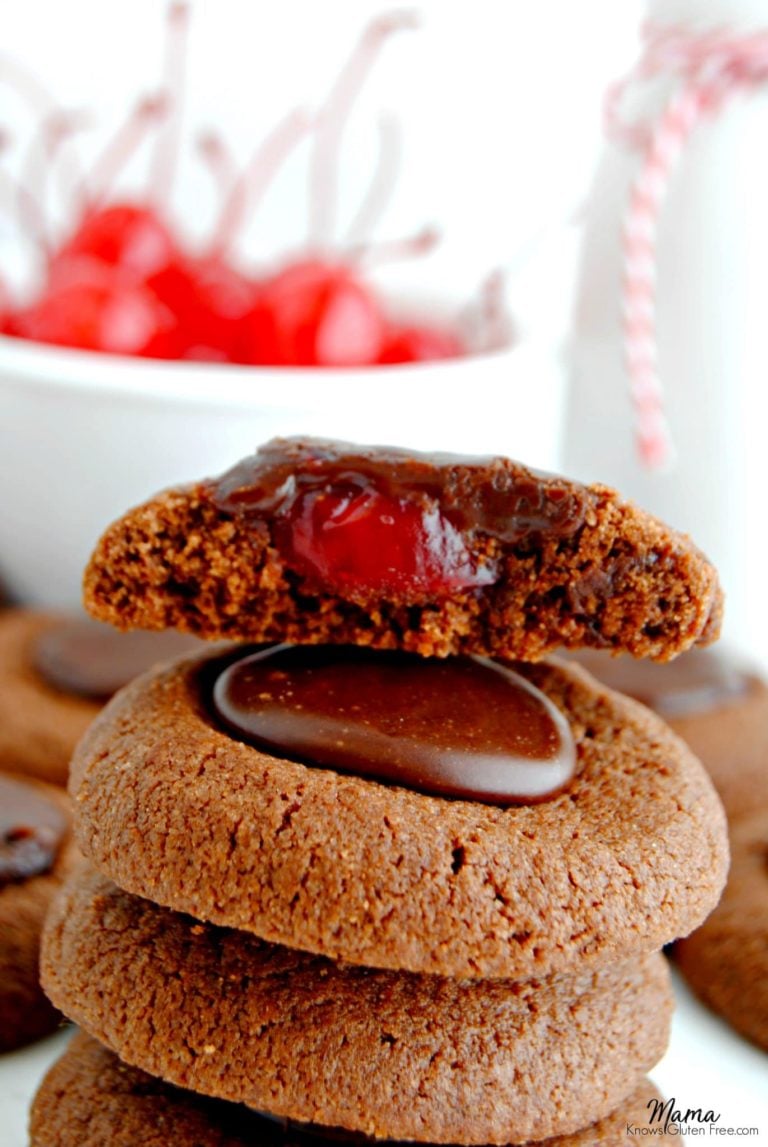
Gluten-Free Chocolate Cherry Thumbprint Cookies
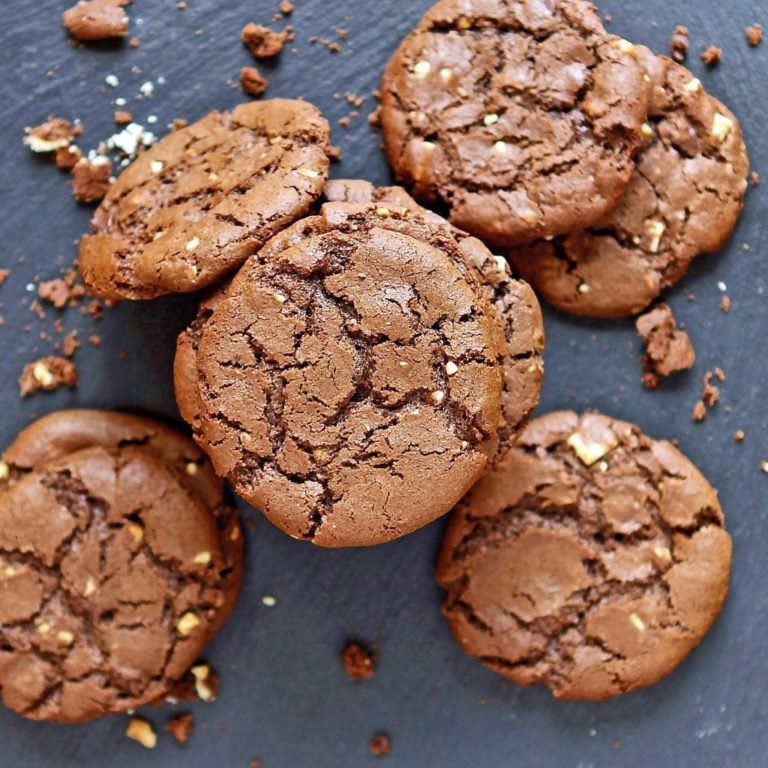
CHOCOLATE PEANUT BUTTER COOKIES – DARK & CHEWY (FLOURLESS)
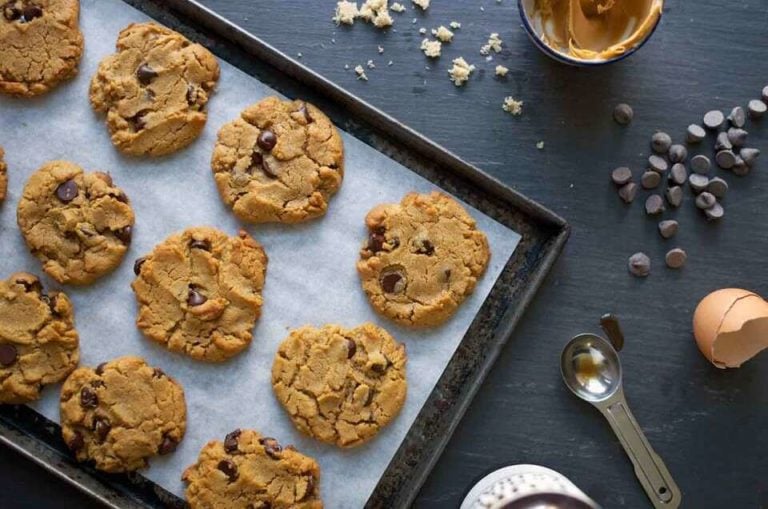
Flourless Peanut Butter Chocolate Chip Cookies
Keto Peanut Butter Chocolate Chip Cookies – Best Flourless Keto Cookies

Gluten Free Peanut Butter Chocolate Chip Cookies (Small Batch)

Unbeatable Gluten Free Peanut Butter Blossom Cookies

GLUTEN FREE CHERRY COOKIES WITH WHITE CHOCOLATE DRIZZLE
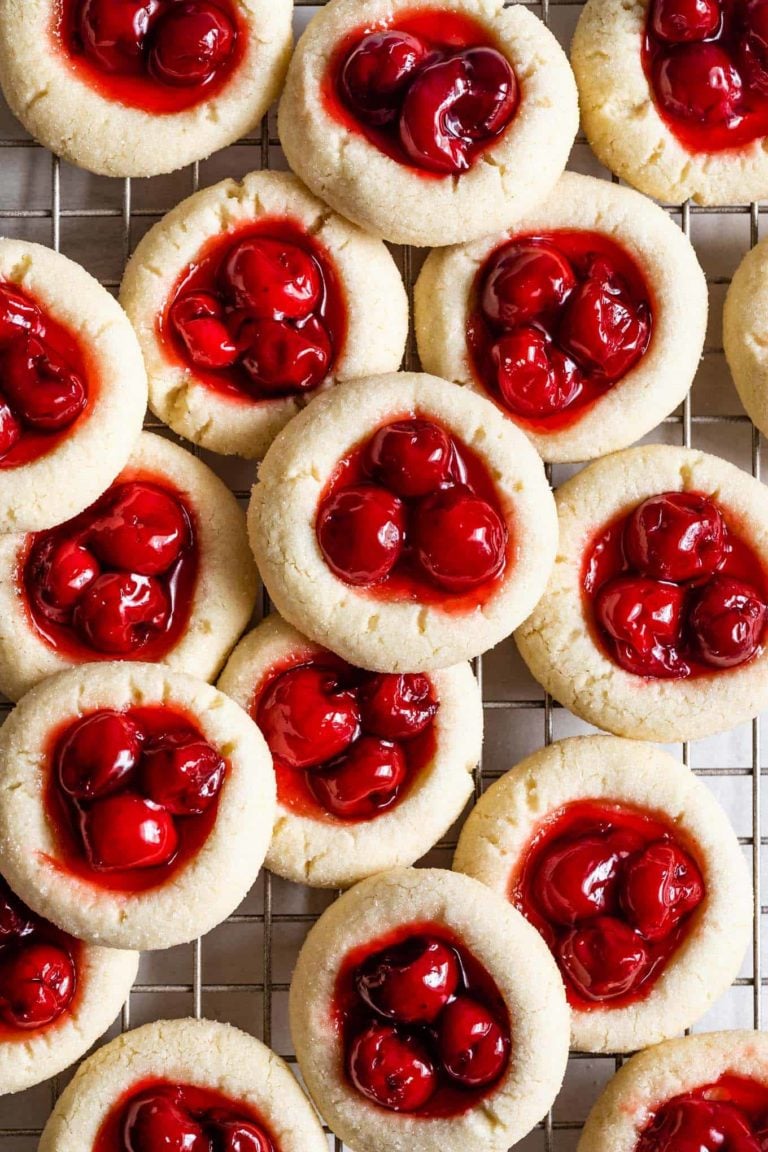
GLUTEN-FREE CHERRY PIE COOKIES
Keto Magic Cookies
The Best Almond Flour Cookies

Gluten-free Snickerdoodles
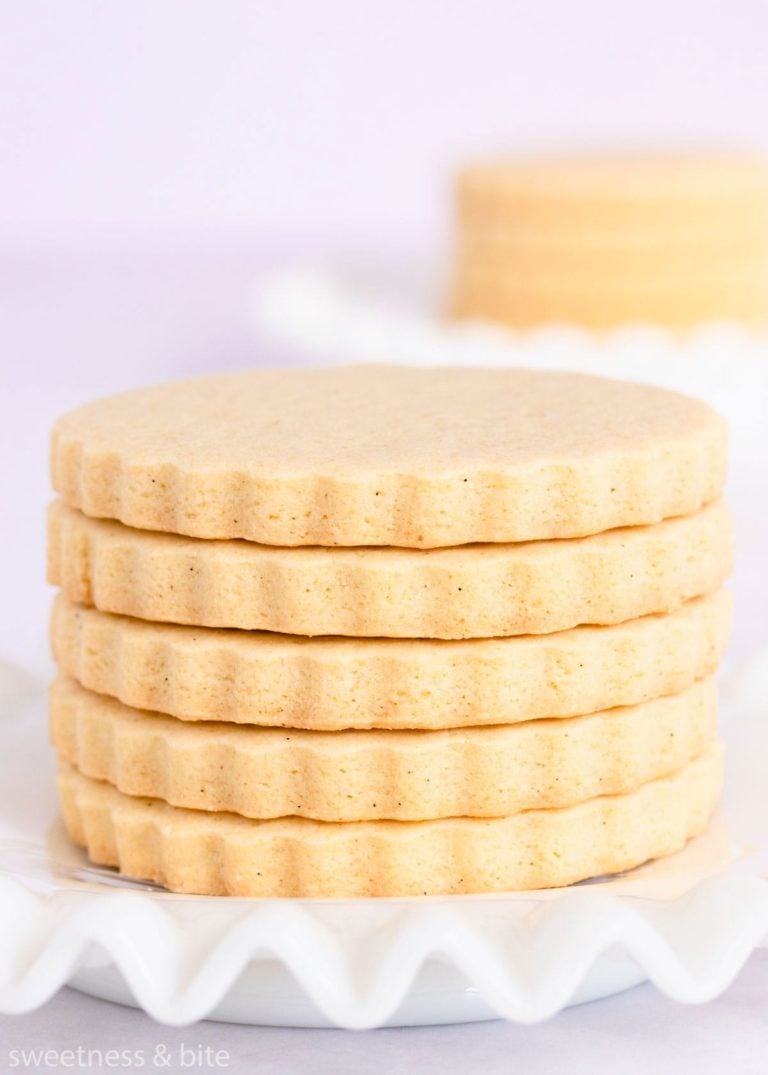
GLUTEN FREE SUGAR COOKIES – PERFECT CUT-OUT COOKIES
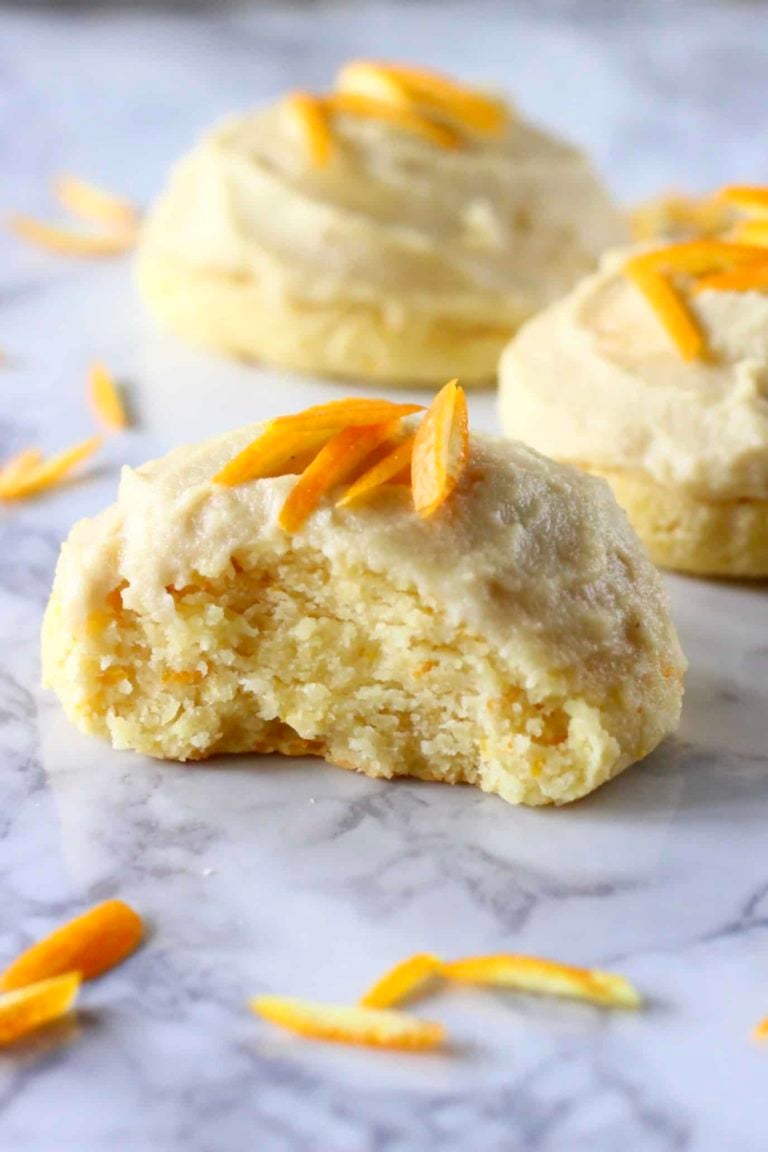
Gluten-Free Vegan Orange Cookies
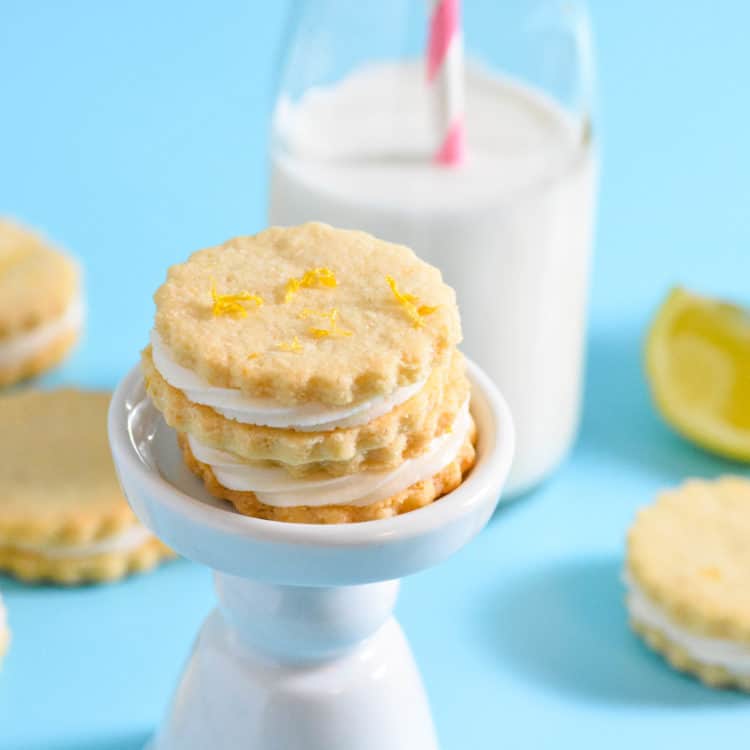
Lemon Creme Sandwich Cookies

Gluten Free Lemon Crinkle Cookies

Easy Gluten Free Lemon Cookies Recipe
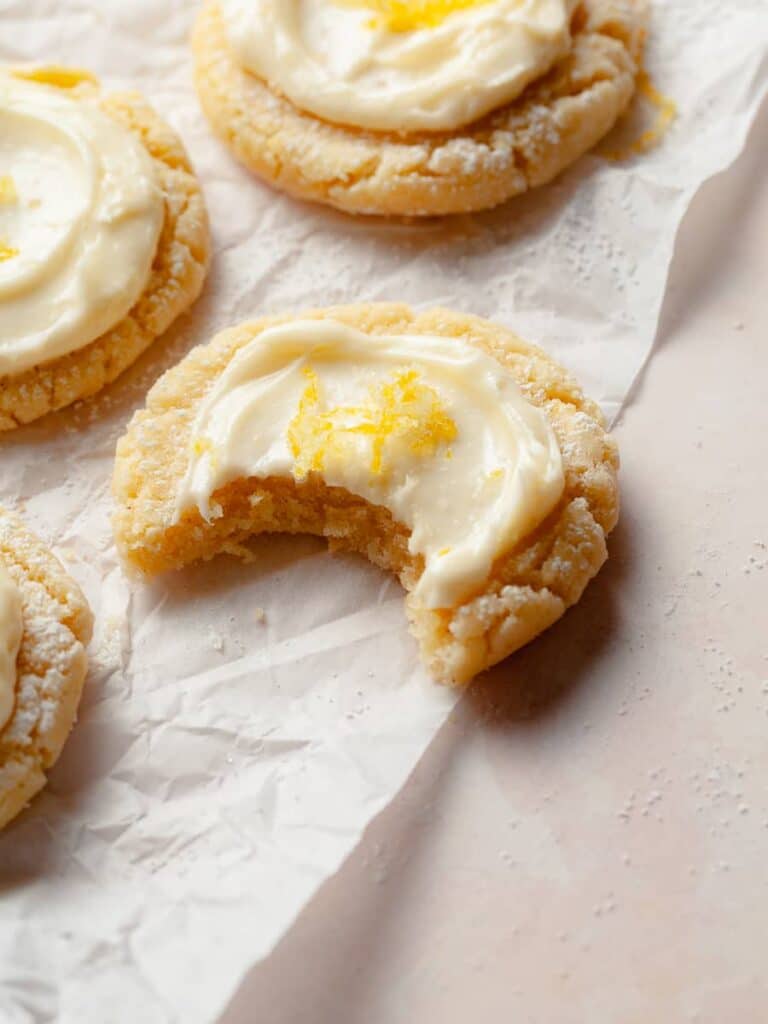
Gluten Free Lemon Cookies

Gluten Free Red Velvet Chocolate Chip Cookies
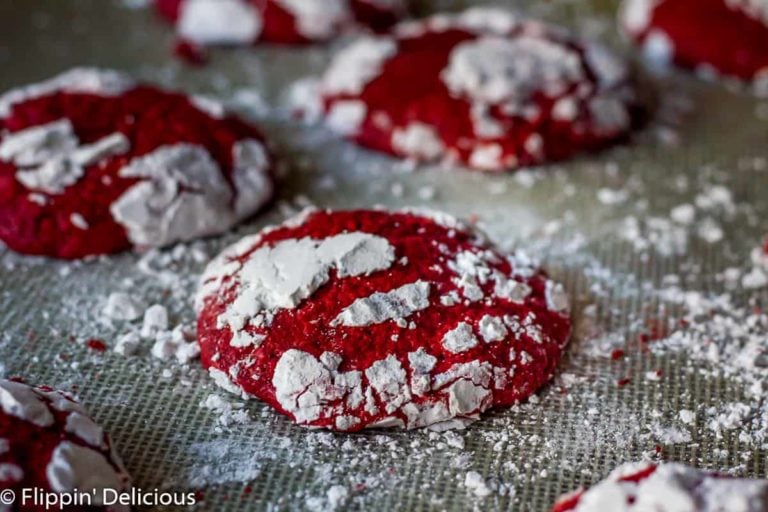
GLUTEN FREE RED VELVET CRINKLE COOKIES
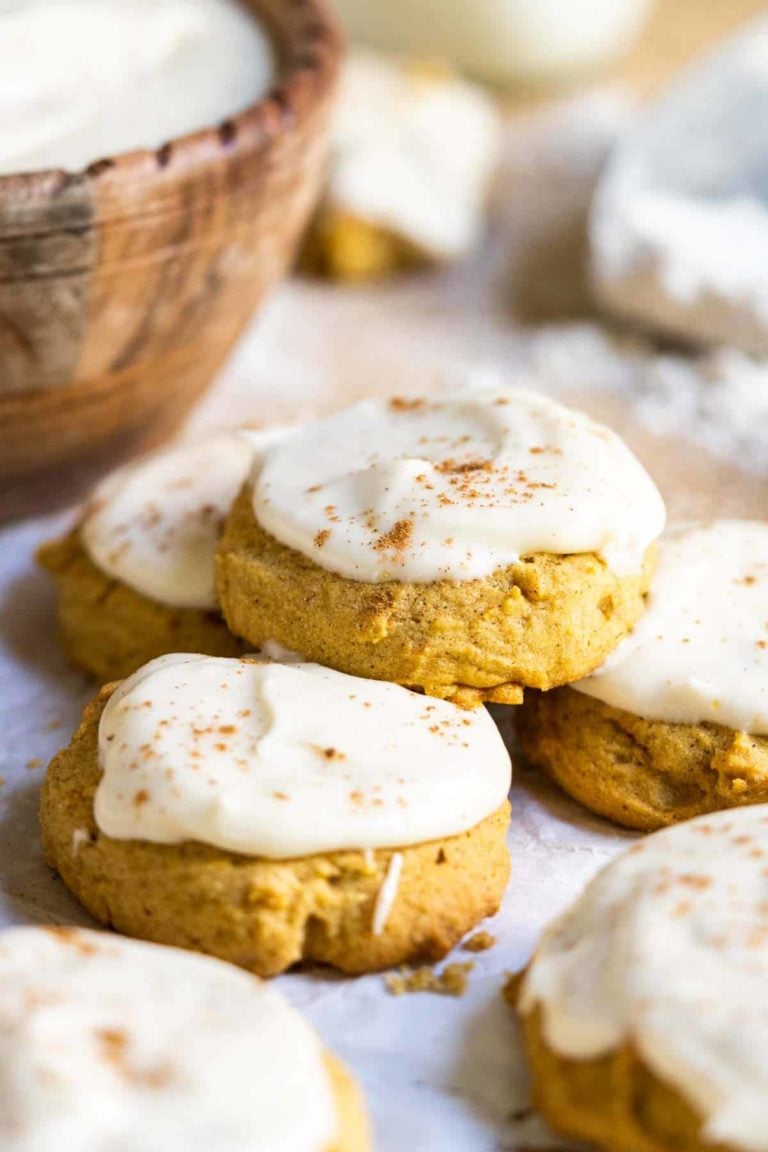
GLUTEN-FREE PUMPKIN COOKIES
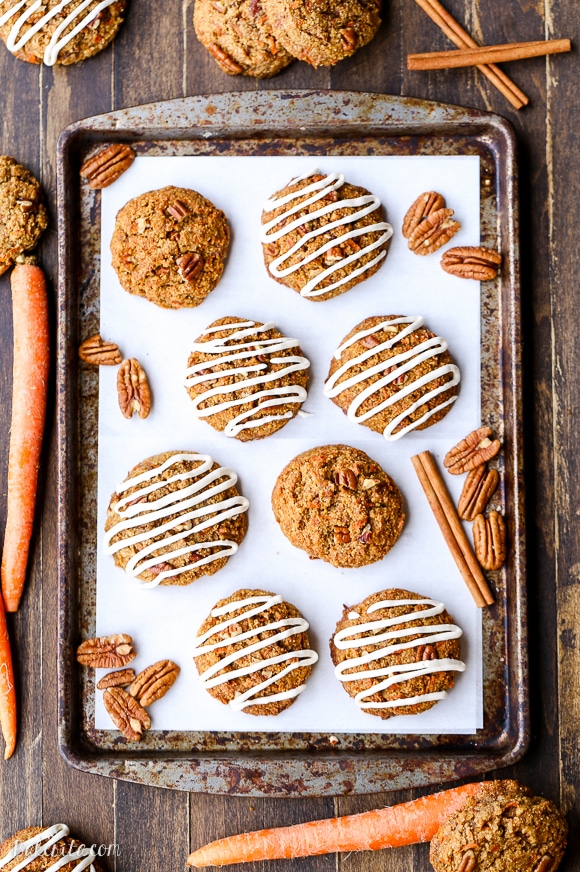
The Best Soft Carrot Cake Cookies

Gluten Free Brown Sugar Shortbread Cookies
Keto Oreo Cookies Recipe (2g net carbs)
Keto Snowball Cookies
Best Keto Gingerbread Cookies
